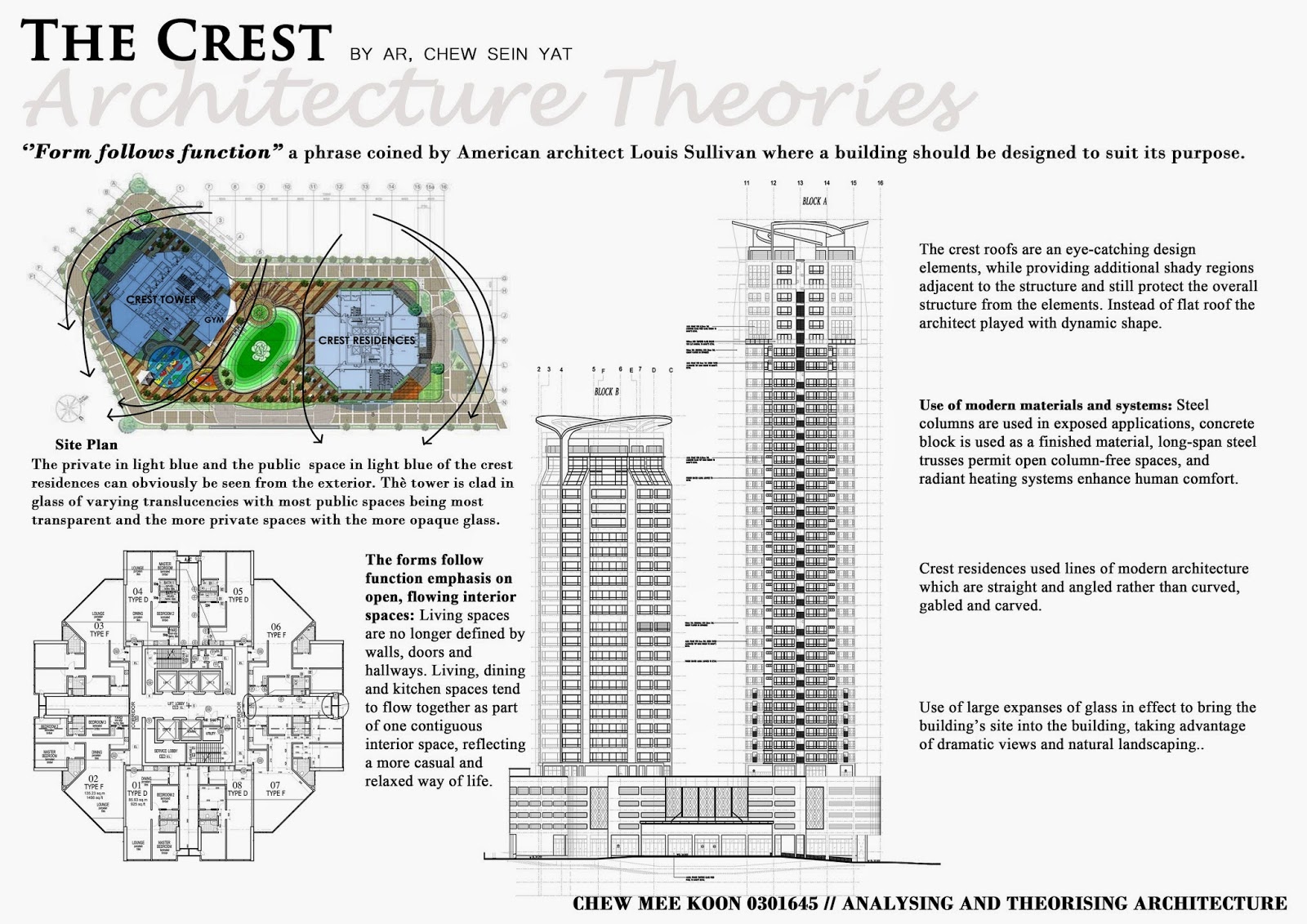PROJECT 1A : DEVELOPING AN ARCHITECTURAL
POSITION AND PROJECT
Learning Outcomes:
-
Formulate a simple brief that include appropriate architectural programme and planning within a selected architectural context
-
Analyse case studies to gain understanding of architectural responses and strategies of an intentional design strategy to inform the design project
-
Conduct contextual and user analysis in the pre-design phase
Formulate a simple brief that include appropriate architectural programme and planning within a selected architectural context
Analyse case studies to gain understanding of architectural responses and strategies of an intentional design strategy to inform the design project
Conduct contextual and user analysis in the pre-design phase
PROJECT 1B : DETAILED DESIGN
Learning Outcomes:
- Produce design development drawings with a suitable level of complexity
- Design with considerations of building performance (thermal comfort,
acoustic and lighting), regulatory frameworks, health and safety
considerations.
- Produce drawings (both 2D and 3D), modelling, verbal presentation and a design report to communicate and visualize architectural design and ideas
acoustic and lighting), regulatory frameworks, health and safety
considerations.


.jpg)

































